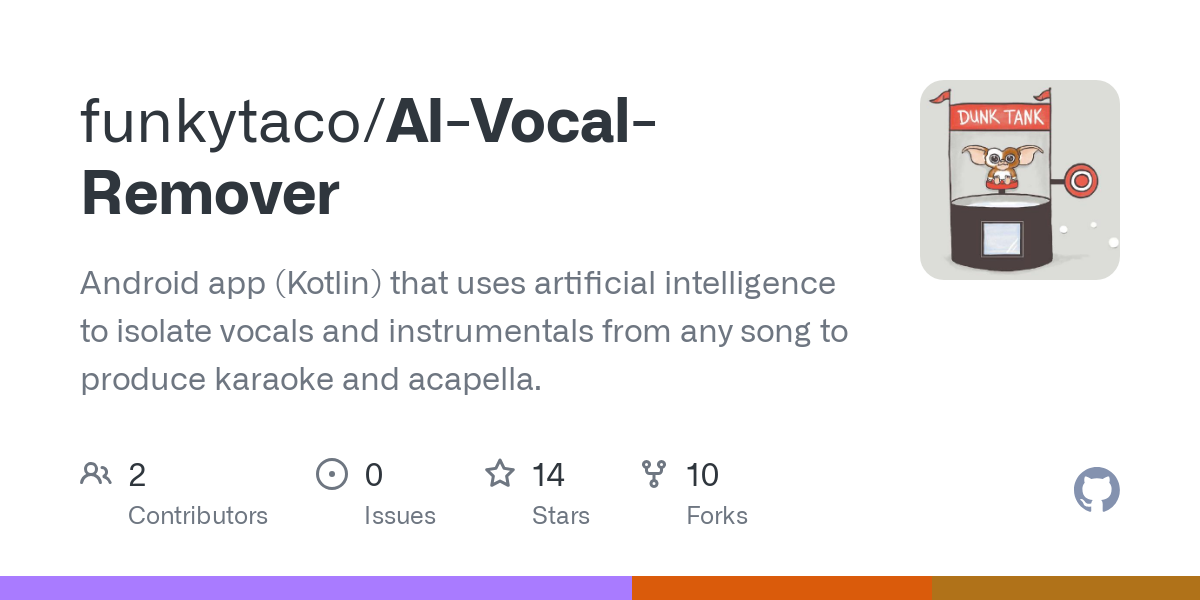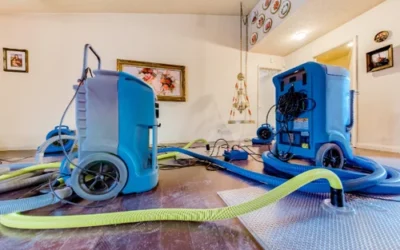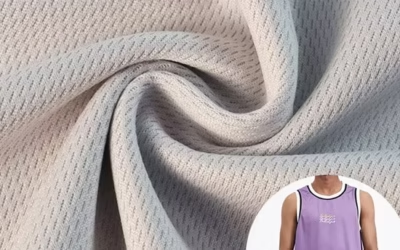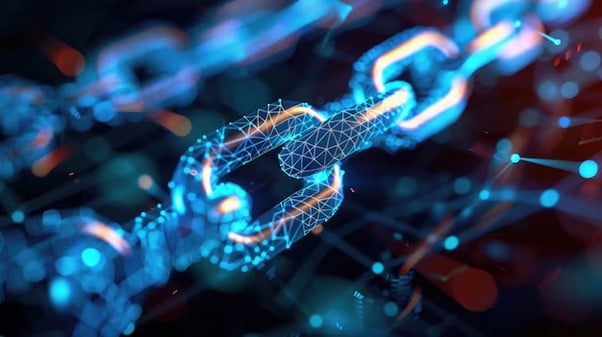AI Vocal Remover: A Game Changer for Karaoke and Cover Artists

The rise of artificial intelligence has transformed many creative industries, and music is no exception. Among the latest innovations shaking up the world of audio editing is the AI vocal remover. This powerful technology allows users to isolate or eliminate vocals from any track, offering endless possibilities for musicians, karaoke lovers, and cover artists. Whether you’re rehearsing a live performance, creating content for social media, or just having fun with friends, the AI vocal remover is becoming an essential tool for everyone involved in music.
The Basics of AI Vocal Remover Technology
Traditionally, removing vocals from a song was a technically challenging process. Sound engineers relied on phase cancellation or manual frequency adjustments, often resulting in low-quality outputs with audio artifacts. However, with AI-driven technology, the game has completely changed. AI vocal remover tools leverage deep learning and neural networks to identify and separate vocal and instrumental elements in a track with remarkable precision.
These systems are trained on massive datasets of songs and vocals, allowing them to learn the characteristics of human voices and distinguish them from instruments. The result is a clean instrumental track or an isolated vocal that can be used in remixes, karaoke, or cover productions.
Empowering Karaoke Enthusiasts
For karaoke enthusiasts, the AI vocal remover has revolutionized how they access and enjoy music. Instead of relying on pre-made karaoke versions or MIDI recreations of songs, users can now transform any of their favorite tracks into sing-along versions instantly. This allows for a much broader and more personalized karaoke experience.
Whether you’re into pop, rock, EDM, or indie music, AI vocal remover technology empowers fans to sing along with the original instrumentation of their favorite songs. No need to wait for a karaoke company to release a specific version—just upload the track, let the AI do its magic, and enjoy the music. It’s ideal for house parties, karaoke nights, or even professional practice sessions.
A Boon for Cover Artists and Musicians
Cover artists often face the challenge of sourcing high-quality backing tracks for their performances or video content. The AI vocal remover makes this process simple, fast, and cost-effective. Instead of purchasing instrumental versions or recreating the music from scratch, artists can now create their own backing tracks by removing vocals from any studio recording.
This not only saves time and money but also ensures that the cover stays faithful to the original track’s arrangement and instrumentation. Artists can further use the isolated vocals to analyze phrasing, timing, and vocal techniques of the original singers, making it an excellent learning tool for vocal improvement and artistic growth.
Content Creation and Social Media Advantage
The explosion of short-form video platforms like TikTok, Instagram Reels, and YouTube Shorts has opened new doors for music-related content. Singers and musicians who create covers, mashups, or vocal challenges rely heavily on clean instrumentals. The AI vocal remover offers them a significant advantage by providing studio-quality instrumentals with just a few clicks.
Additionally, this technology enables unique forms of creative expression. Content creators can remix tracks, add harmonies, or create duets with the original singer by isolating the vocals. It also allows for imaginative reinterpretations of popular songs, breathing new life into classics and trending hits alike.
Educational Use in Music Training
Music educators and students are also benefiting from AI vocal remover tools. Teachers can use it to generate custom practice tracks for students, allowing them to focus on pitch, rhythm, and dynamics without the distraction of a lead vocal. Similarly, instrumentalists can practice with real accompaniment rather than generic MIDI files, making rehearsals more engaging and realistic.
Vocal coaches can use isolated vocals to analyze subtle details in pitch modulation, breathing techniques, and emotional delivery. This allows students to study professional recordings in a granular way, improving their interpretive and technical skills. With AI vocal remover, the music classroom becomes more interactive, personalized, and effective.
The Rise of Accessible Home Studios
The accessibility of AI vocal remover tools has helped democratize music production. Musicians no longer need expensive software or studio time to create professional-sounding tracks. Many online platforms and mobile apps now offer vocal removal features that can be used by anyone with a computer or smartphone.
This has significantly leveled the playing field for emerging artists and hobbyists. Anyone can now produce covers, practice vocals, or experiment with song arrangements from the comfort of their home. As a result, the barriers to entry into the music world have been lowered, fostering a new wave of creativity and independent artistry.
Legal Considerations and Fair Use
While AI vocal remover technology offers incredible possibilities, it also raises important legal considerations. Removing vocals from copyrighted music for personal use or practice is generally acceptable under fair use in many jurisdictions. However, uploading or monetizing altered versions of copyrighted tracks without permission can lead to copyright infringement issues.
Cover artists, YouTubers, and social media influencers should ensure they understand copyright guidelines and secure the appropriate licenses if they plan to distribute or commercialize content created with AI vocal remover tools. Platforms like YouTube offer licensing options and content ID systems that can help creators avoid legal complications while still using this innovative technology.
Quality and Limitations of AI Vocal Remover Tools
Despite the impressive capabilities of AI vocal remover tools, they are not without limitations. The quality of the output can vary depending on the complexity of the audio mix and the tool used. Some tracks with heavy reverb, overlapping vocals, or complex layering may not yield perfect results.
However, ongoing advancements in machine learning models continue to improve separation accuracy. Many tools now offer settings to adjust sensitivity or enhance audio clarity, giving users more control over the final output. The technology is rapidly evolving, and future updates are expected to deliver even cleaner, faster, and more intuitive results.
Popular Tools and Platforms
Several AI vocal remover tools have gained popularity in recent years. Some are browser-based and offer instant processing, while others are downloadable software with advanced audio editing features. Examples include Lalal.ai, Moises.ai, PhonicMind, Spleeter, and AI Vocal Remover Pro. These platforms typically support multiple formats, batch processing, and various audio separation options such as vocals, drums, bass, and more.
Users can experiment with different tools to find the one that best suits their needs in terms of quality, usability, and features. Many of them offer free versions or trial periods, allowing for hands-on experience before committing to a subscription or upgrade.
Conclusion
The AI vocal remover is more than just a novelty—it’s a transformative innovation that is redefining how people interact with music. From karaoke lovers and cover artists to educators and content creators, this tool is enabling greater creativity, accessibility, and musical exploration than ever before. As the technology continues to mature, its impact on the music industry will only grow, opening new doors for artists of all kinds to express themselves, learn, and share their talent with the world.
Ask ChatGPT










